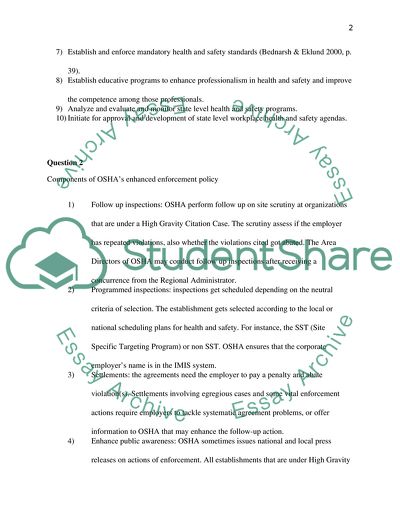Cite this document
(Occupational Safety and Health Assignment Example | Topics and Well Written Essays - 2000 words, n.d.)
Occupational Safety and Health Assignment Example | Topics and Well Written Essays - 2000 words. https://studentshare.org/human-resources/1774477-occupational-safety-health-final-exam
Occupational Safety and Health Assignment Example | Topics and Well Written Essays - 2000 words. https://studentshare.org/human-resources/1774477-occupational-safety-health-final-exam
(Occupational Safety and Health Assignment Example | Topics and Well Written Essays - 2000 Words)
Occupational Safety and Health Assignment Example | Topics and Well Written Essays - 2000 Words. https://studentshare.org/human-resources/1774477-occupational-safety-health-final-exam.
Occupational Safety and Health Assignment Example | Topics and Well Written Essays - 2000 Words. https://studentshare.org/human-resources/1774477-occupational-safety-health-final-exam.
“Occupational Safety and Health Assignment Example | Topics and Well Written Essays - 2000 Words”. https://studentshare.org/human-resources/1774477-occupational-safety-health-final-exam.


